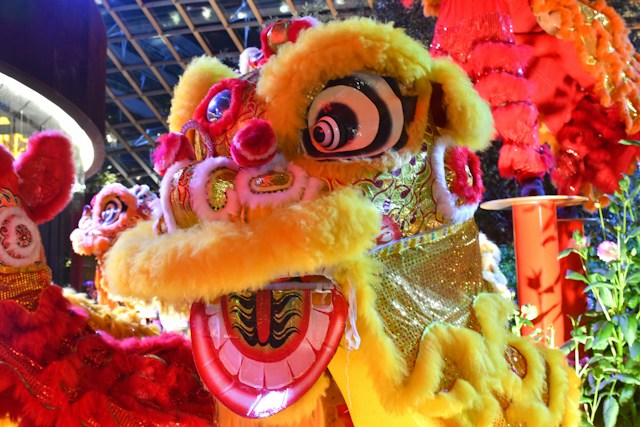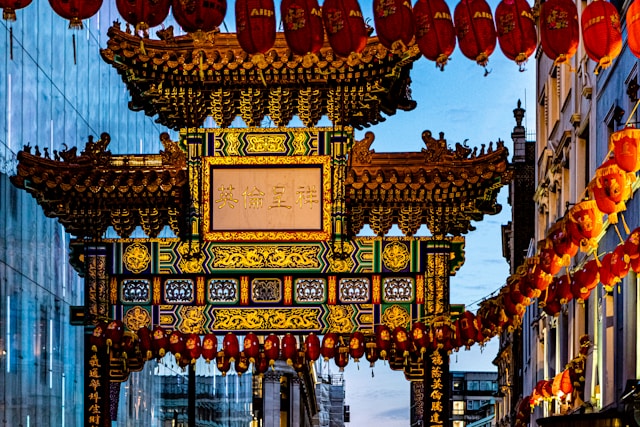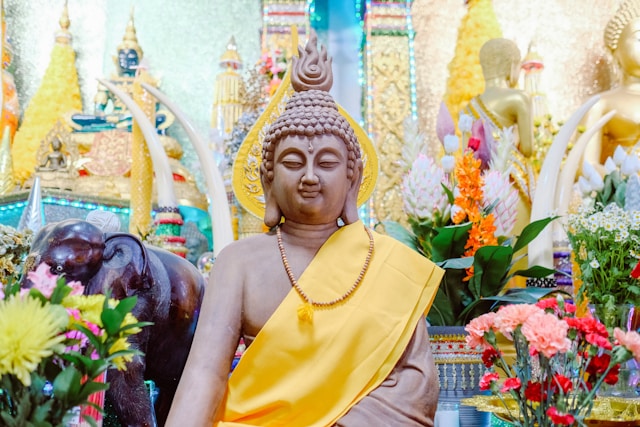Introduction:
Lunar New Year, also known as Chinese New Year or Spring Festival, is one of the most significant and widely celebrated holidays in many Asian cultures. With its rich history, vibrant traditions, and colorful festivities, Lunar New Year marks the beginning of a new lunar calendar year and is a time for family reunions, feasting, and cultural celebrations. In this blog post, we’ll explore the origins, customs, and traditions of Lunar New Year, as well as how it’s celebrated around the world.
Origins of Lunar New Year: A Time-Honored Tradition
Lunar New Year has its roots in ancient Chinese mythology and folklore, dating back thousands of years. According to legend, Lunar New Year began as a way to scare away a mythical beast named Nian, who would come out on the first day of the new year to devour livestock, crops, and even people. Over time, Lunar New Year evolved into a celebration of renewal, prosperity, and good fortune, with various customs and traditions developed to ward off evil spirits and ensure a prosperous year ahead.

The Lunar Calendar: A Cycle of Renewal
Unlike the Gregorian calendar, which is based on the Earth’s orbit around the sun, the lunar calendar follows the cycles of the moon. Each lunar year is divided into 12 months, with each month corresponding to one cycle of the moon. This lunar calendar is used to determine the dates of traditional festivals and holidays, including Lunar New Year. The lunar calendar is also associated with the Chinese zodiac, which assigns an animal sign to each year in a repeating 12-year cycle. Each animal is believed to have its own unique characteristics and influence on the year it represents.
Preparations for Lunar New Year: Cleaning and Decorating
In the weeks leading up to Lunar New Year, families engage in a flurry of preparations to ensure a fresh start and a prosperous year ahead. Homes are thoroughly cleaned to sweep away any bad luck from the previous year and make way for good fortune to enter. Red decorations are hung throughout the house, as red is believed to symbolize happiness, good luck, and prosperity. Lanterns, couplets with auspicious phrases, and paper cutouts of symbols like the Chinese character for “fortune” (福) are common decorations.

Reunion Dinners: A Feast for the Senses
On the eve of Lunar New Year, families gather for a lavish reunion dinner known as “nianye” or “tuan nian.” The reunion dinner is a time for family members to come together, share a meal, and give thanks for the blessings of the past year. Traditional dishes are served, each with symbolic significance. For example, dumplings symbolize wealth and prosperity, fish symbolizes abundance and surplus, and noodles symbolize longevity and happiness.
Fireworks and Lion Dances: Warding off Evil Spirits
At midnight on Lunar New Year’s Eve, fireworks are set off to scare away evil spirits and welcome the arrival of the new year with a bang. Lion dances, performed by dancers dressed in elaborate lion costumes, are a common sight during Lunar New Year celebrations. The dance is believed to bring good luck and prosperity to the community.

Red Envelopes and Lucky Money: Sharing the Wealth
One of the most beloved traditions of Lunar New Year is the giving of red envelopes, or “hongbao,” filled with lucky money. Red envelopes are given by older family members to younger relatives, as well as by employers to employees, to symbolize good wishes for the new year and to bring luck and prosperity. The amount of money inside the envelope is typically an auspicious number ending in 8, which is considered lucky in Chinese culture.
Visiting Relatives and Paying Respects: A Time for Connections
During the days following Lunar New Year, families visit relatives and friends to exchange greetings, share meals, and catch up on each other’s lives. It’s also common to visit temples and ancestral graves to pay respects to deceased relatives and seek blessings for the new year. In some cultures, there are specific rituals and customs associated with these visits, such as offering incense, burning paper offerings, and reciting prayers for good fortune and prosperity.

Festivals and Parades: Celebrating Culture and Tradition
Lunar New Year festivals and parades are held in cities around the world, showcasing the rich cultural heritage of Asian communities. These festivals feature colorful parades with lion and dragon dances, traditional music and dance performances, martial arts demonstrations, and street food stalls offering a variety of delicious treats. Lunar New Year festivals are a time for people of all backgrounds to come together, celebrate diversity, and experience the beauty and vibrancy of Asian culture.
New Year’s Resolutions: Setting Intentions for the Year Ahead
Just like in Western cultures, Lunar New Year is a time for reflection and setting goals for the future. Many people make New Year’s resolutions to improve themselves, such as getting in shape, learning a new skill, or spending more time with loved ones. These resolutions are seen as a way to usher in positive changes and personal growth in the year ahead, aligning with the spirit of renewal and optimism that Lunar New Year represents.

Modern Celebrations: Adapting Traditions for the 21st Century
In today’s globalized world, Lunar New Year celebrations have evolved and adapted to reflect the changing needs and lifestyles of modern society. While traditional customs and rituals remain central to Lunar New Year festivities, new traditions and innovations have emerged, such as virtual family gatherings, digital red envelopes, and online cultural events. Despite these modern adaptations, the spirit of Lunar New Year—of family, community, and renewal—remains as strong as ever, connecting people across generations and continents in a celebration of shared heritage and hope for the future.
Conclusion: Lunar New Year is a time of joy, celebration, and renewal, marking the beginning of a new lunar calendar year with rich traditions, vibrant customs, and colorful festivities. From the cleaning and decorating of homes to the reunion dinners, fireworks, and lion dances, Lunar New Year is a time for families to come together, share in the blessings of the past year, and welcome the promise of a prosperous future. As we celebrate Lunar New Year, let us embrace the spirit of renewal and optimism, cherishing the traditions of the past while looking forward to the opportunities and adventures that lie ahead in the year of the ox, tiger, or whichever animal the zodiac brings. Happy Lunar New Year to all!

